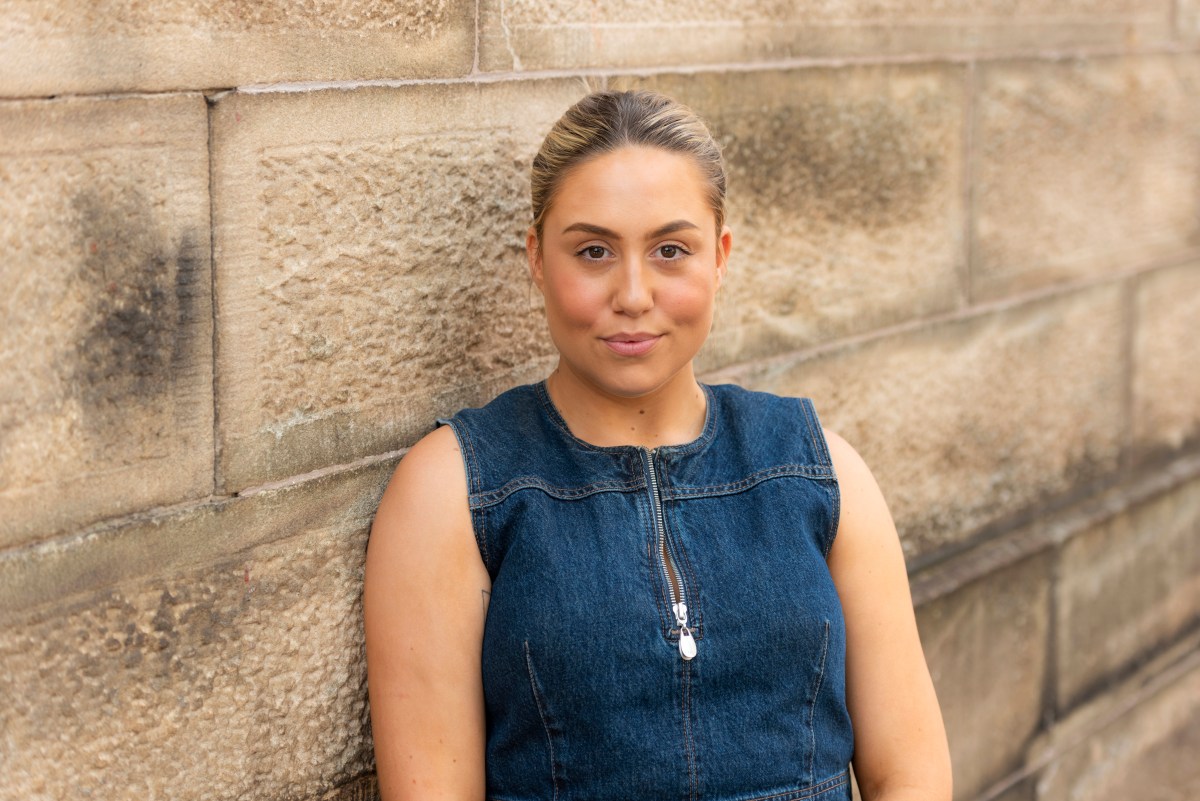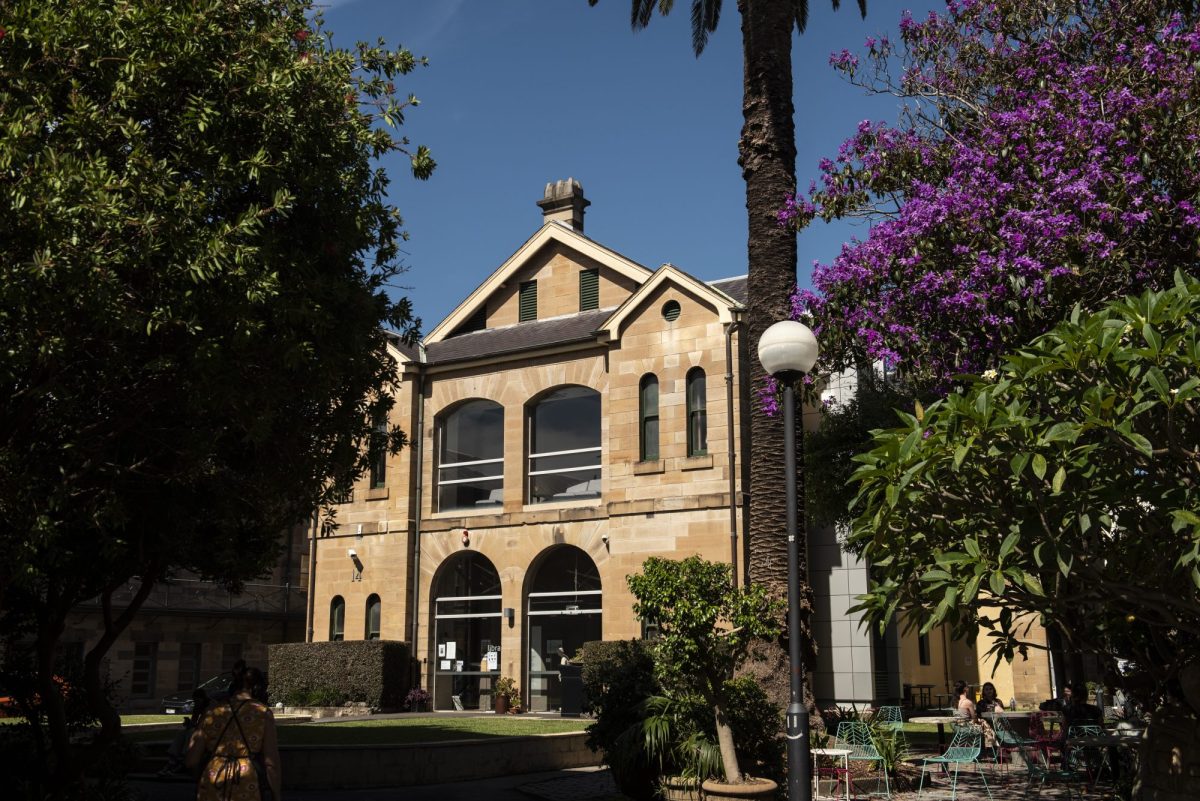Akala Newman, Art History and Theory Lecturer (Sessional) at the National Art School (NAS), Darlinghurst, is a proud Wiradjuri/Gadigal singer-songwriter with a background in visual and performing arts.
Her teaching style is rooted in her lived experience of being a First Nations woman and grounded in the storytelling and ways of knowing she grew up with.
“Something that I think about when it comes to ‘contemporary’ is to not separate the mind and the body,” Newman explains.
“A lot of the time students come into my class searching for identity, for who they are or maybe searching for that missing link. They want to find out about their culture, which I think is beautiful. Everything that I want to do is making sure that students feel inspired,” she says.
Newman has been teaching at NAS for the past three years, a period she describes as a critical juncture in Australian history. Being an educator during last year’s referendum “came with a lot of weight”, Newman says, while adding that NAS can be a place to equip students with tools for critical thinking as well as supporting their arts practice.
“NAS has been around for a very long time and the teachers are one of a kind. Students leave NAS with a solid foundation, not even just in their practice and different ways of thinking and world views – there’s a real sense of family.”
The First Nations Programs, headed by John Waight, is a significant step for NAS. It’s not only reflected in courses and frameworks, but has provided a dedicated safe space for students to gather and have a yarn. It’s a place for Mob, but also for those who are searching for belonging. “Everyone who doesn’t feel like they have a place, our place is a place for them,” says Newman. “To have NAS feel like a home, for me, was really important.”

To students thinking of applying, or considering whether art school is the right choice for them, Newman says, “What’s important is an arts degree allows you to have freedom of thought and to think critically, and that creates so many pathways in multiple different industries. People nowadays want that creative spark to access different ways of problem solving.
“What I would say to parents is also that I see having courage in your own kids’ choices, and their own ability to think for themselves, is a really beautiful skill. And if it doesn’t work out, that’s okay.
“We put a lot of pressure on kids after high school but then I see these awesome mature-age students who come because they regret not doing this [sooner],” she tells ArtsHub.
The NAS First Peoples Centre also provides mentorship and learning support for First Nations students to help them apply and thrive at NAS.
Find out more about the courses and scholarships available via the NAS website.





